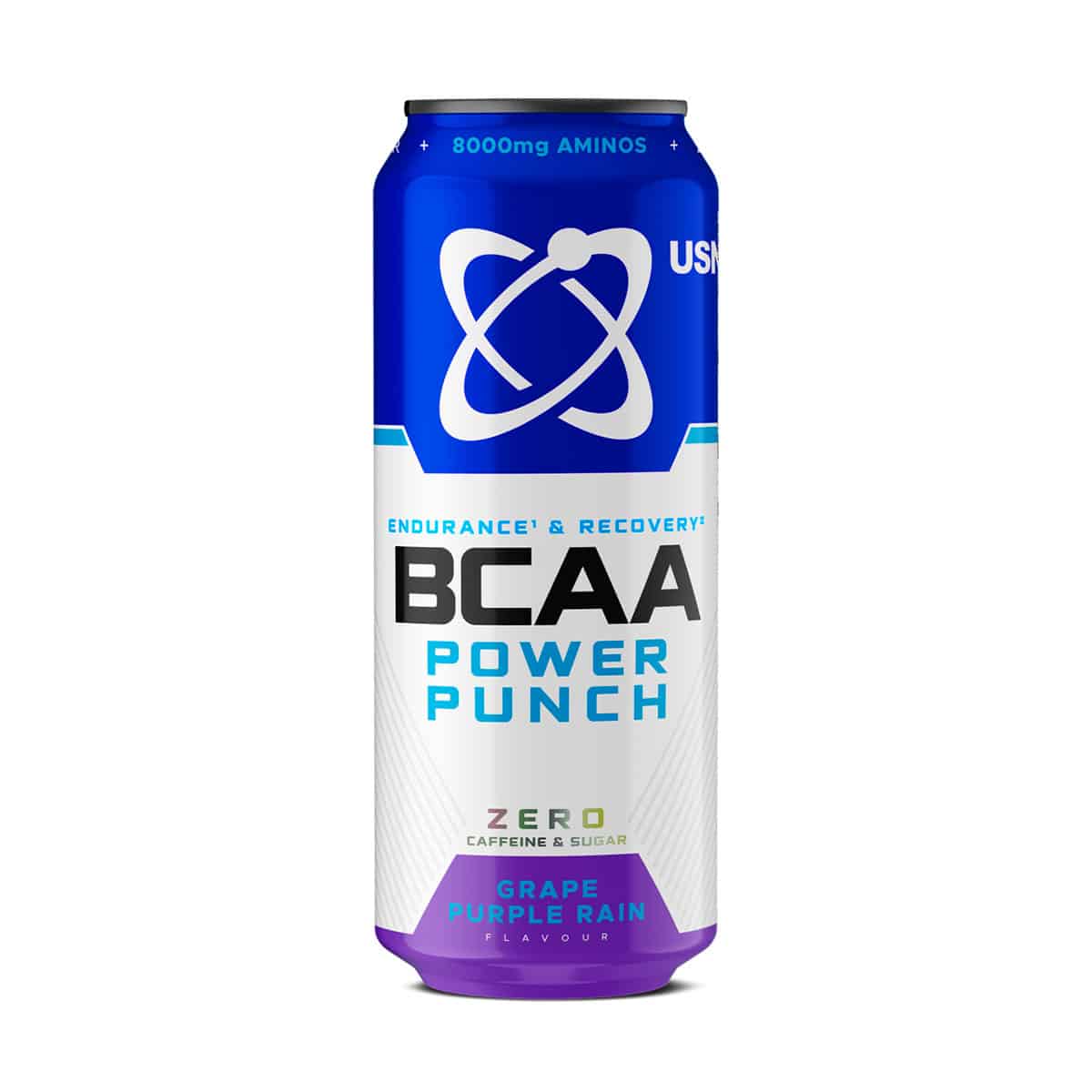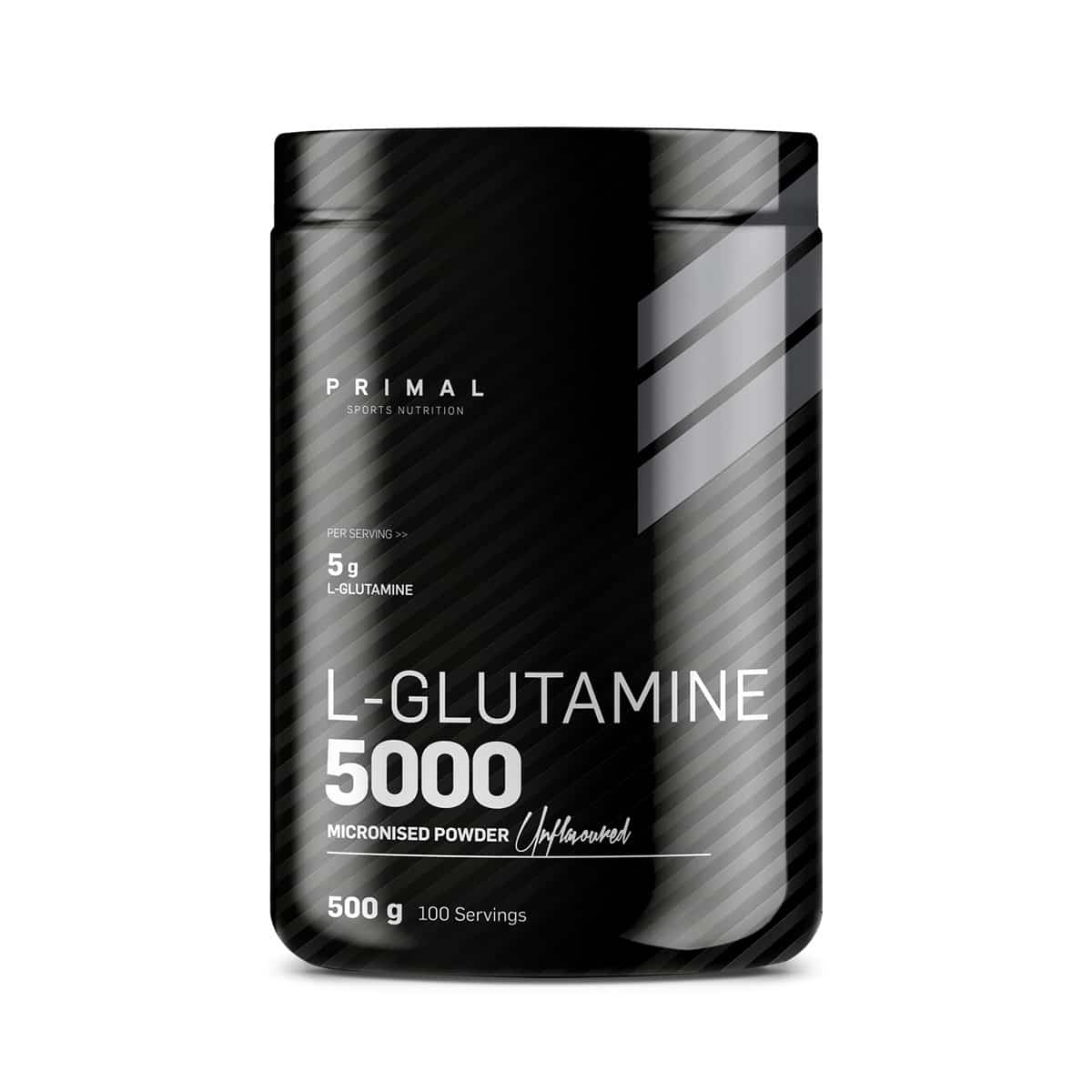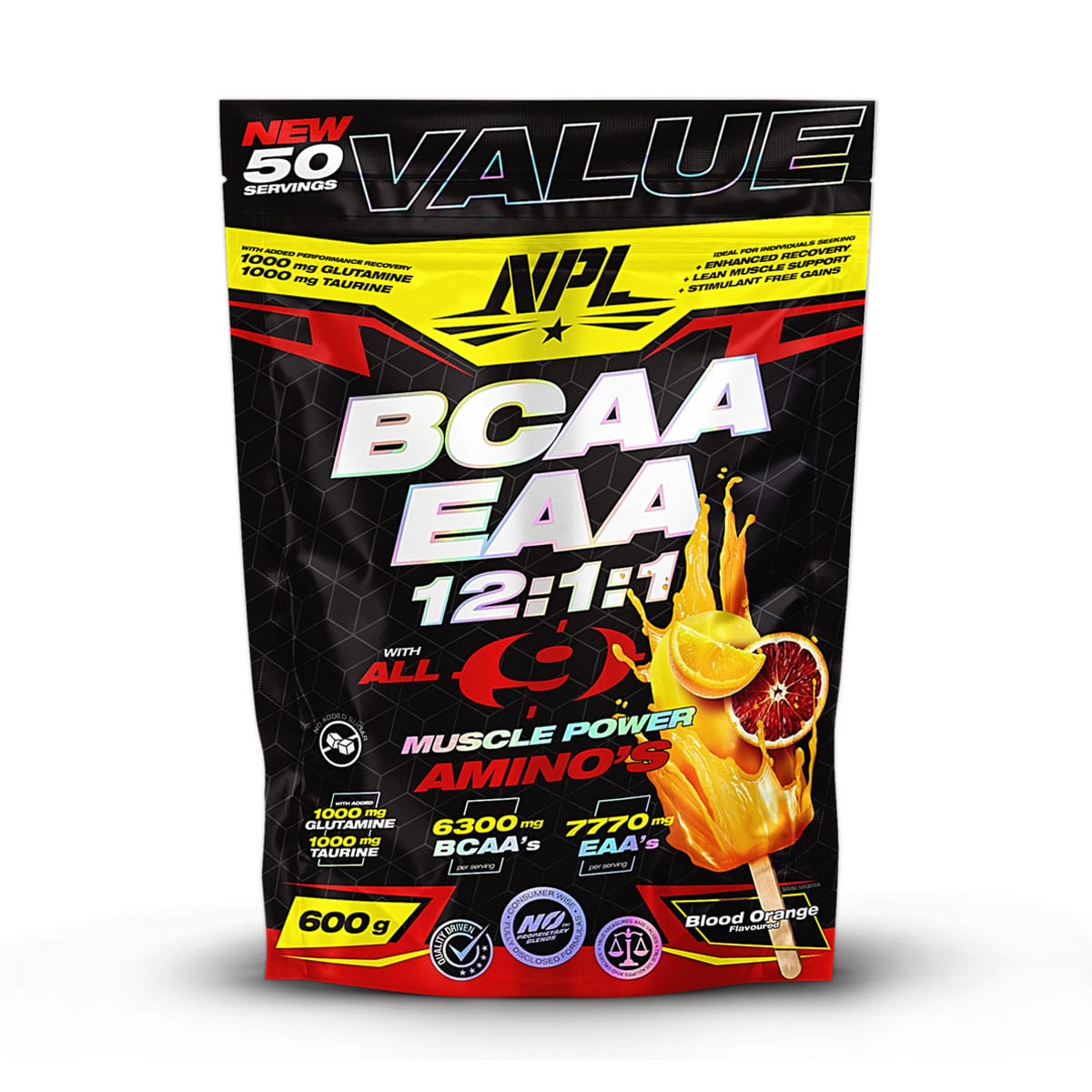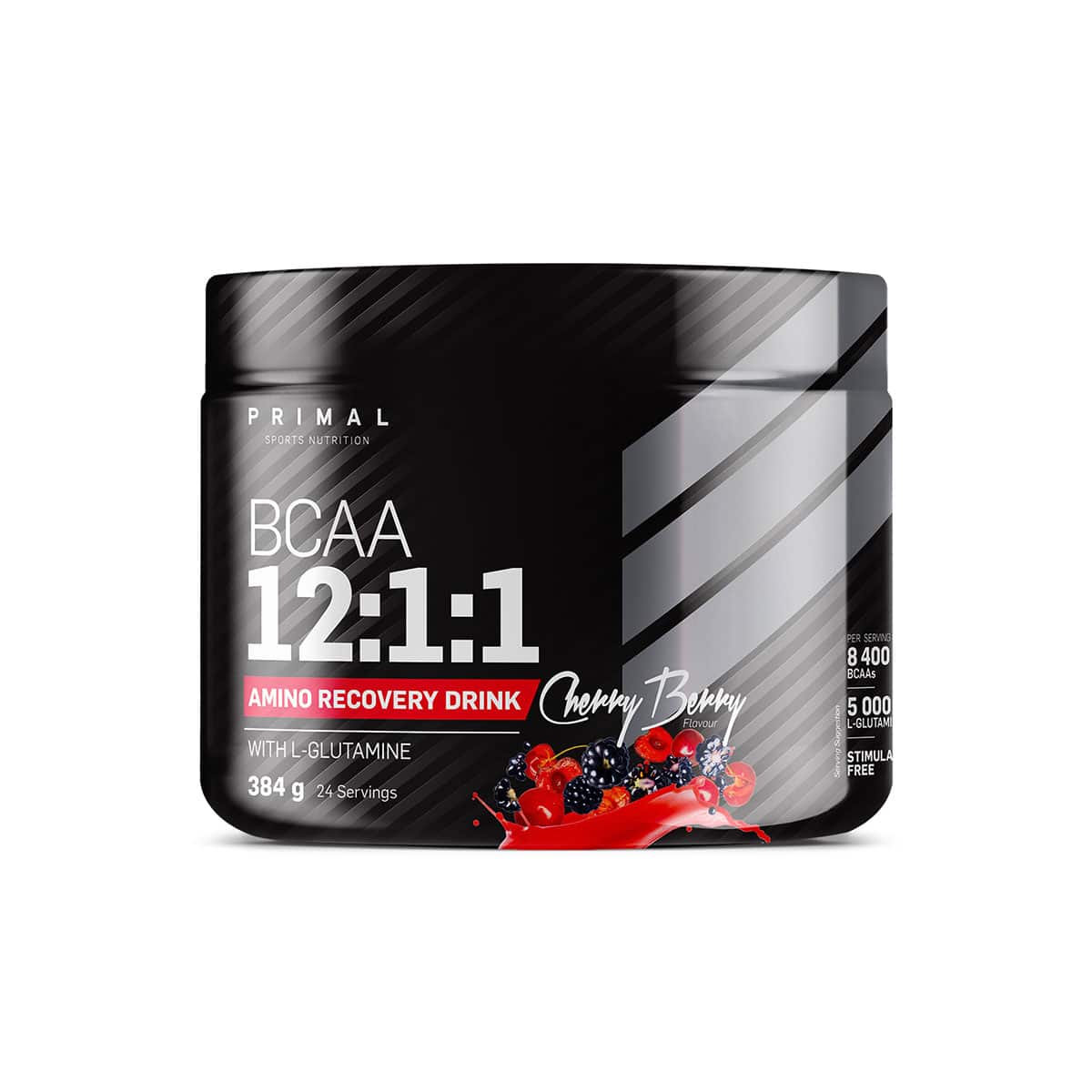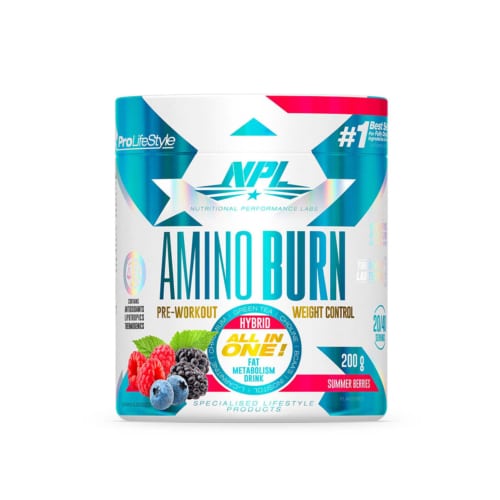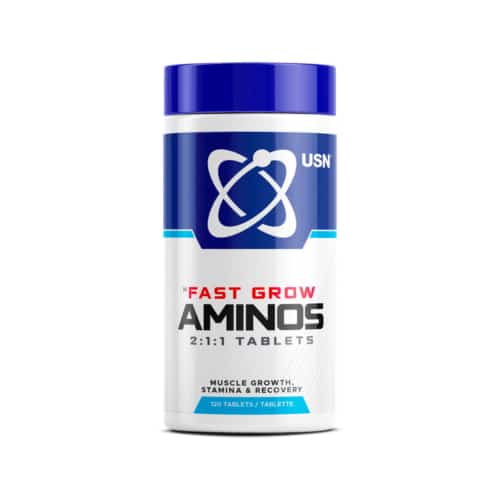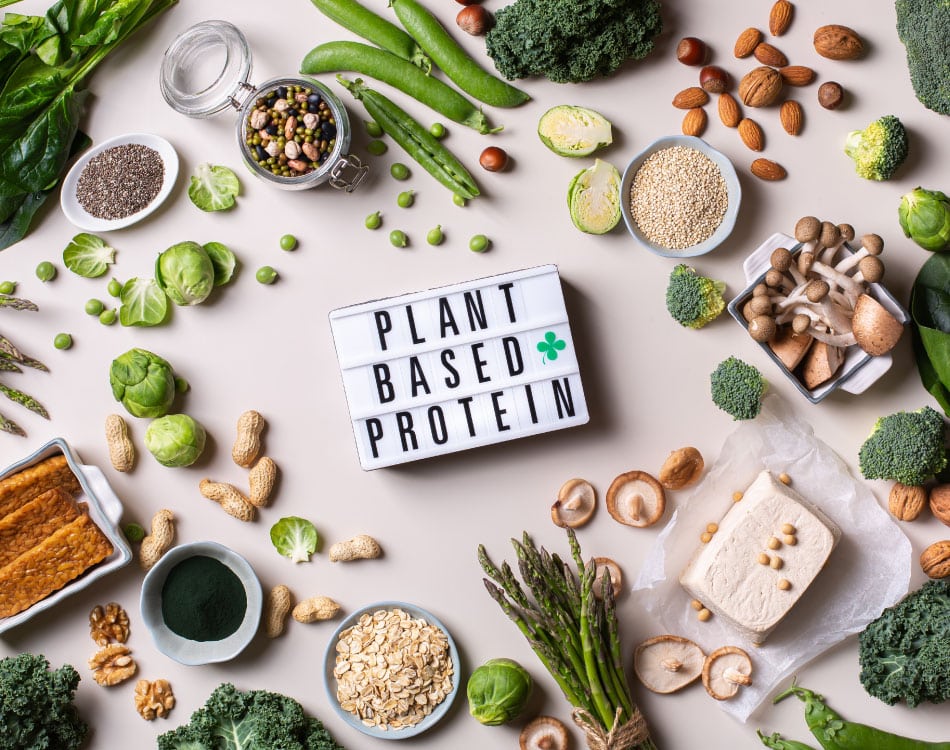Ensuring an adequate daily intake of protein is crucial for anyone who trains intensively, whether the goal is improved physique or enhanced athletic performance.
When we consume protein from food or supplements, our bodies digest it and break it down into amino acids. These amino acids are then utilised in various ways to support essential functions, such as repairing and building muscle tissue through protein synthesis, as well as contributing to overall health.
Getting to know your aminos
While there are about 500 known amino acids found in nature, there are 22 amino acids that are relevant to anyone who lifts weights in the gym as we need them to make muscle protein.
ESSENTIAL AMINO ACIDS
Among the 22 natural amino acids, nine are considered essential to human development (they’re also less commonly known as indispensable amino acids).
These amino acids are the building blocks of life and constituents of living cells essential for growth and tissue repair.
Our body cannot make these essential amino acids (EAA). As a result, they must come from external nutrient sources such as foods and supplements.
The nine EAAs include:
1. Histidine
2. Isoleucine
3. Leucine
4. Lysine
5. Methionine
6. Phenylalanine
7. Threonine
8. Tryptophan
9. Valine
BRANCHED-CHAIN AMINO ACIDS
But it is the three EAAs that have a branch-like structure that are possibly the most important to athletes and those who train in the gym.
The branched-chain amino acids (BCAAs) include:
1. L-Leucine
2. L-Isoleucine
3. L-Valine
BCAAs offer numerous benefits as they are involved in protein synthesis.
NON-ESSENTIAL AMINO ACIDS
The remaining amino acids are classified as non-essential amino acids (NEAA). This doesn’t mean we don’t need them, but rather refers to the body’s ability to make them. The NEAA are also involved in muscle protein synthesis.
Delay fatigue, protect muscle
Taking an amino acid supplement before and/or during a workout can help delay muscle fatigue by providing the body with free-form amino acids that it can convert into glucose for energy. This process, known as gluconeogenesis, reduces the need for the body to break down muscle tissue for amino acids when glycogen levels are low. By minimising muscle tissue damage, an amino acid supplement with sufficient BCAAs can lessen recovery demands after exercise.
A study conducted at the School of Human Biology at Canada’s University of Guelph supports this, indicating that consuming up to 4g of BCAAs during and after exercise can reduce muscle breakdown.
Aminos are a potent muscle builder
When combined with regular weight or resistance training and a healthy, balanced diet, amino acids—especially BCAAs—can enhance muscle protein synthesis (MPS) after exercise, promoting muscle growth.
Leucine is particularly crucial in this process as it is a powerful MPS stimulator. It activates an anabolic (muscle-building) pathway, signaling to the body that there is enough dietary protein to create new muscle tissue.
Therefore, amino acid supplements typically contain more leucine than the other two BCAAs. The industry standard ratio, which you’ll find in Weider Amino 6000, is 2:1:1 for leucine:isoleucine
When is the right time to take an amino acid?
With the numerous muscle-building and recovery benefits available, you might be tempted to replace your whey, plant, or blended protein supplement with free-form amino acids. However, it’s important not to oversimplify the amino acid versus complete proteins debate.
While many studies highlight the benefits of free-form amino acid supplements, especially BCAAs, consuming complete proteins from food and supplements remain crucial for optimal post-workout recovery.
Thats why combining regular weight or resistance training, a healthy, balanced diet, and amino acids taken before, during, or within 90 minutes after training is an effective approach to build more muscle.
Ready to take your workouts to the next level?
Explore our range of premium amino acid supplements designed to boost muscle growth, enhance recovery, and improve performance. Whether you’re aiming to increase muscle mass, reduce fatigue, or speed up recovery, our selection has something for every fitness goal.
References:
- Am J Physiol; Branched-chain amino acids augment ammonia metabolism while attenuating protein breakdown during exercise. 1994 Dec; 267 (6 Pt 1): E1010-22. doi: 10.1152/ajpendo.1994.267.6.E1010.


